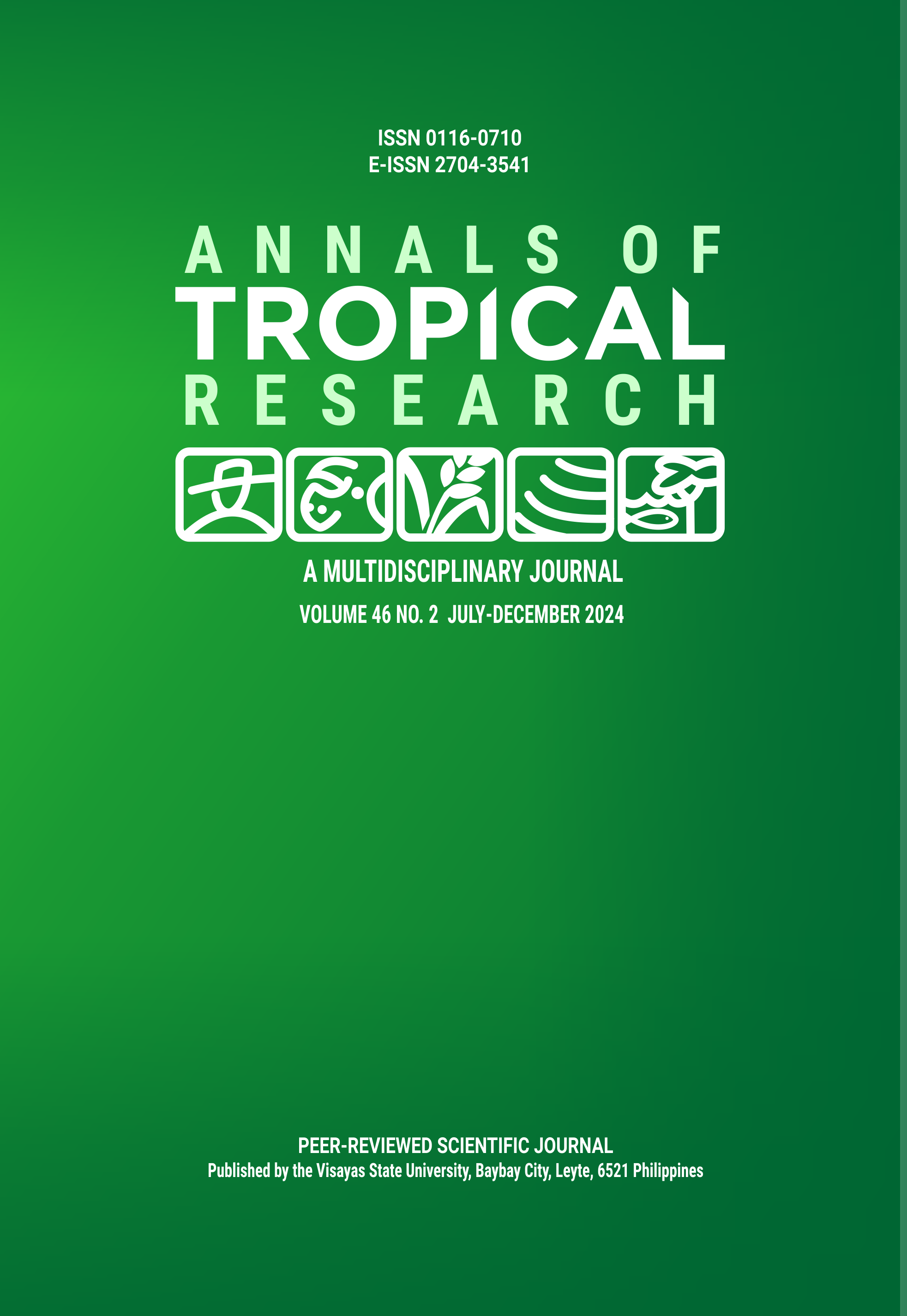Rice blast incidence and morphological variation of Magnaporthe oryzae, Cav. in Ebonyi State, Nigeria
DOI:
https://doi.org/10.32945/atr4621.2024Keywords:
Oryza sativa, Rice Blast, Magnaporthe oryzae, IsolatesAbstract
Blast disease is one of the major threats to rice production globally. This study investigates the prevalence, incidence, severity, damage index and morphological variation of blast disease in lowland rice in nine local government areas of Ebonyi State, Nigeria. Ebonyi State lies within Latitudes 6°15'57"N and 6°24'70"N, Longitudes 7°42′18″E and 8°26′20″E in the derived savannah zone of Nigeria. A survey was conducted on twenty-six (26) rice farms between October and November, 2017 when the rice had reached physiological maturity and infection of rice plants with blast was evident. Data collected from the farms included; rice variety cultivated, source of the seeds, area of land under cultivation, disease incidence, severity and damage, and control measures. Data obtained on disease incidence, severity and damage index were subjected to Analysis of Variance while significant means were separated with Tukey HSD test at p<0.05. Results on rice blast disease revealed that incidence, severity and damage index varied between fields and location due to the environmental conditions prevalent in each location. The highest mean disease incidence, severity and damage index 53.67%, 2.50 and 38.02% respectively due to blast, were recorded in Ishielu, while Ezza South had the least blast incidence (18.24%), Abakaliki had the least severity (1.30) and Ezza South the least damage index (6.59%). Twenty-two fungal isolates were identified and characterized from infected rice plants obtained from the field. The twenty-two isolates, identified as Magnaporthe oryzae (Mo), grown on potato dextrose agar showed various differences in their cultural and morphological characters such as colony colour, margin, pigmentation, surface texture, shapes, septate and cells. Pathogenicity study revealed the five isolates Mo-03, Mo-05, Mo-06, Mo-10 and Mo-17 where more virulent than others. Therefore, the present study recommends that the governments should set up a modality to educate and train rice farmers on disease symptoms and the possible eco-friendly means of control in order to increase rice production both in the study areas and in Nigeria at large.
Downloads
Submitted
Published
How to Cite
Issue
Section
License

This work is licensed under a Creative Commons Attribution-NonCommercial-NoDerivatives 4.0 International License.











